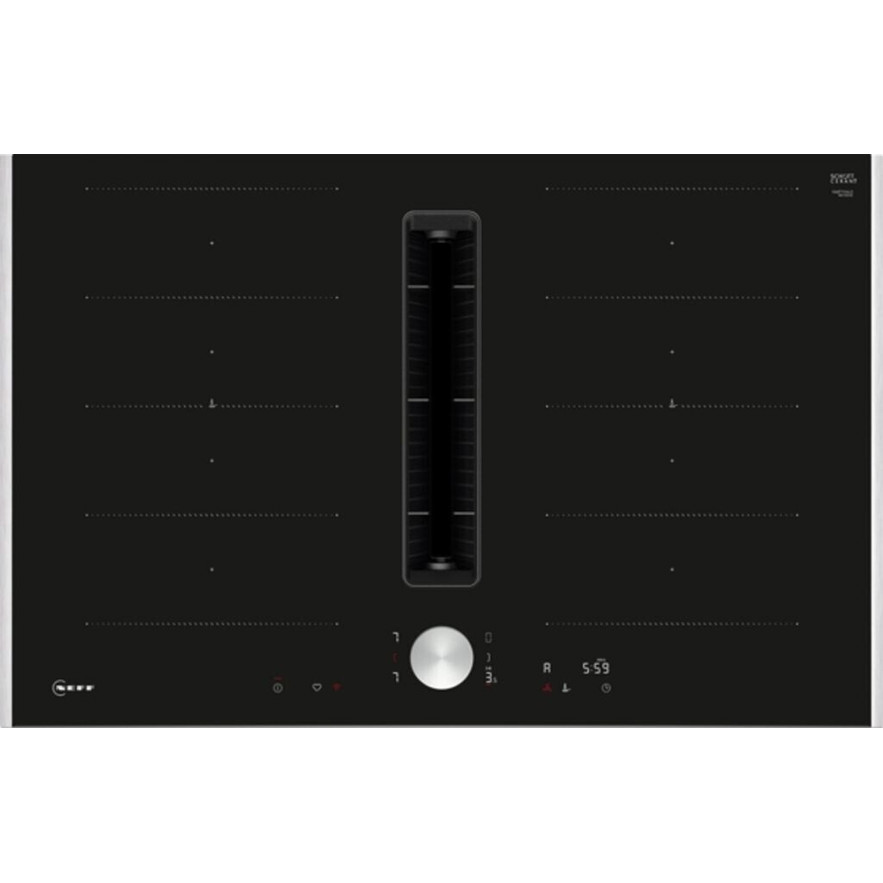The Ultimate Built-in Oven Test: A Comprehensive Guide
In today's contemporary cooking areas, built-in ovens have actually ended up being an essential home appliance, offering more than simply a method of cooking food. Their streamlined designs, ingenious features, and efficient cooking methods can considerably improve the culinary experience. Nevertheless, with a variety of alternatives on the marketplace, picking the best built-in oven can be overwhelming. This post intends to dive deep into the intricacies of built-in ovens, supplying a structured approach to checking their capabilities and performance.
1. Understanding Built-in Ovens
Before diving into the testing process, it's vital to understand what separates built-in ovens from standard freestanding designs. Built-in ovens are developed to be integrated into kitchen cabinetry, supplying a smooth look and maximizing kitchen area. They come in various types, including:
- Single Ovens: Ideal for smaller sized homes or those who cook occasionally.
- Double Ovens: Offering the flexibility of cooking numerous dishes at different temperature levels, ideal for larger families or those who entertain frequently.
- Combination Ovens: Merging convection and microwave innovations for fast and effective cooking.
Table 1: Types of Built-In Ovens
| Oven Type | Description | Ideal For |
|---|---|---|
| Single Oven | A single cooking cavity for standard cooking | Little families |
| Double Oven | Two separate cavities for synchronised cooking | Big families |
| Combination Oven | Combines convection and microwave cooking | Quick meal prep |
2. Criteria for Testing Built-in Ovens
Checking a built-in oven includes a number of crucial requirements that can determine its general performance and user fulfillment. Here's a breakdown of what to test:
2.1 Cooking Performance
- Preheat Time: Measure how rapidly the oven reaches the desired temperature.
- Temperature Accuracy: Check the oven's actual temperature level versus the set temperature level using an oven thermometer.
2.2 Cooking Consistency
- Even Cooking: Cook a batch of cookies to see if they bake evenly.
- Roasting: Test a chicken to guarantee it cooks fully without blistering.
2.3 Features and Controls
- Interface: Evaluate the ease of use for dials, buttons, or touch controls.
- Cooking Modes: Assess the variety and effectiveness of offered cooking modes, including baking, broiling, and grilling.
2.4 Design and Build Quality
- Products: Investigate the building and construction products for toughness and maintenance.
- Aesthetic appeals: Consider how well the oven incorporates into the kitchen area décor.
2.5 Energy Efficiency
- Energy Consumption: Review energy scores and effectiveness during usage.
- Self-Cleaning Features: Examine if the self-cleaning choice is reliable and easy to use.
Table 2: Testing Criteria for Built-In Ovens
| Requirement | What to Test | Significance |
|---|---|---|
| Cooking Performance | Preheat time, temperature level accuracy | High |
| Cooking Consistency | Even cooking, roasting quality | High |
| Features and Controls | Interface, cooking modes | Medium |
| Style and Build Quality | Materials, visual appeals | Low to Medium |
| Energy Efficiency | Energy consumption, self-cleaning functions | High |
3. Evaluating Process
The screening procedure is systematic and can be broken down into a series of stages. Here's how to perform a thorough test for built-in ovens:
Phase 1: Initial Set-Up
- Installation: Ensure the oven is installed according to the manufacturer's specs.
- Calibration: Calibrate the oven if necessary, following the user handbook.
Stage 2: Preheat Testing
- Test1: Set the oven to 350 ° F and time the length of time it takes to reach that temperature level. Repeat for 400 ° F and 450 ° F. Phase 3: Cooking Tests
- Cookie Baking: Bake multiple trays of cookies, changing their positions halfway through to test for consistency.
- Roasting Chicken: Roast a whole chicken, keeping in mind the cooking time and internal temperature at various points.
Phase 4: Feature Evaluation
- Control Panel: Use various functions to check out ease of navigation and responsiveness.
- Multifunctionality: Test extra modes like convection and barbecuing.
Stage 5: Efficiency Assessment
- Energy Consumption: Use a watt meter to measure energy usage throughout different cooking jobs.
Stage 6: Cleaning and Maintenance
- Self-Cleaning Cycle: Run the self-cleaning cycle and evaluate tidiness after conclusion.
4. Typical FAQs About Built-In Ovens
Q1: How do I pick the ideal built-in oven for my kitchen area?
Picking the best built-in oven depends upon your cooking routines, kitchen area space, and design preferences. Think about aspects such as size, cooking capacity, and available functions.
Q2: Are built-in ovens more costly than conventional ovens?
Usually, built-in ovens tend to be more expensive due to their design and installation requirements. Nevertheless, they can likewise boost your cooking area's aesthetic and performance.
Q3: What's the average lifespan of a built-in oven?
The typical life expectancy of a built-in oven is around 10 to 15 years, depending on use and upkeep.
Q4: Do built-in ovens need more maintenance?
Built-in ovens usually require comparable maintenance to traditional ovens, though the integrated design may make accessibility for cleaning up slightly more difficult.
Checking a built-in oven is crucial before buying, as it permits prospective buyers to determine the appliance's capabilities and ensure it satisfies their requirements. By considering Unterbau Geschirrspüler Preis as cooking efficiency, features, style, and energy effectiveness, one can make an educated decision.
With the best screening protocols in location, picking the best built-in oven can transform not only your cooking experience however likewise raise your entire kitchen's style and functionality.

